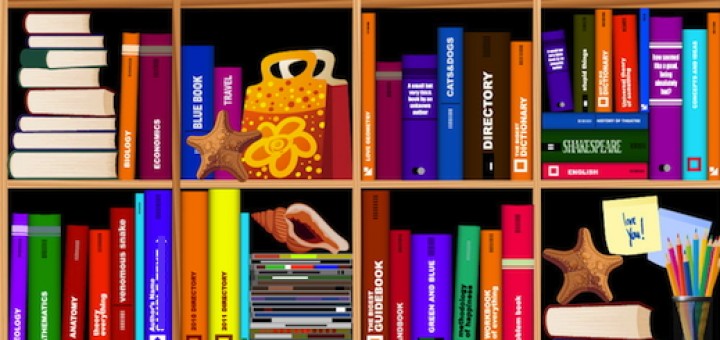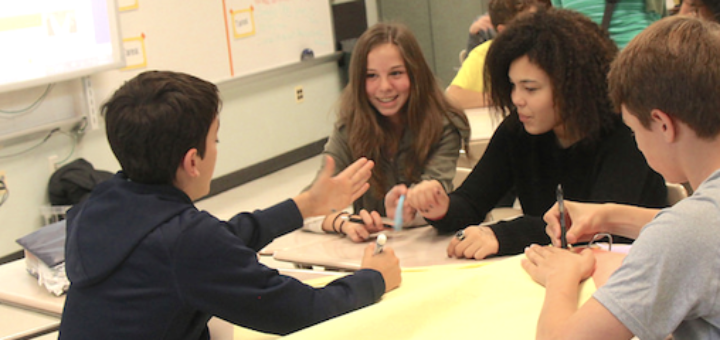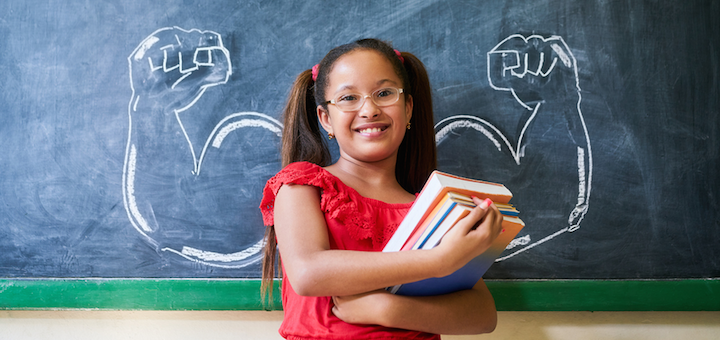Teaching and learning in grades 4-8
Stephen Valentine and Reshan Richards outline core beliefs they believe can strengthen leadership by blending online and face-to-face communication. Mary L. Thompson notes the technical information may become dated quickly but finds the response to change valuable.
Teacher Kathee Lamberies finds High Expectations Teaching by Jon Saphier a good read for teachers looking to better themselves professionally and learn about how to impart the growth mindset to students. Also a book study candidate for a PLC or staff development.
As teens respond en masse to the Netflix series Thirteen Reasons Why, the story of a girl who chooses suicide, Mary Tarashuk considers how difficult topics can be part of learning for her 4th graders and how their read-alouds and personal writing can build empathy.
Research leaves little doubt that strategic use of groups and teams boosts achievement for most students, says teacher educator Curtis Chandler. Learn about the key elements of group work and several digital tools that make forming groups flexible and efficient.
Fads are an integral part of the adolescent social fabric. Middle schoolers “embrace each passing fancy with a zeal we wish they brought to their school work,” writes Laurie Lichtenstein, leaving teachers at their mercy. Unless, of course, you turn the table.
As summer approaches, finding a balance between post-testing fluff and demanding, multi-week projects can be a challenge. Middle school teacher Cheryl Mizerny shares a bevy of her own classroom-tested activities that are brief, enjoyable and likely to spur learning.
Many of us would love to improve our communication skills. Thankfully, Jim Knight’s Better Conversations: Coaching Ourselves and Each Other to Be More Credible, Caring, and Connected can help us achieve this goal, says instructional coach DeAnna Miller.
After using Page-to-Stage Writing Workshop for Students with her 7th graders, ELA teacher Nicole Waychol is convinced that once you read the book, author Kwame Alexander is going to have you saying “yes.” Yes to jazz. Yes to writing. Yes to poetry. Yes to publishing.
Emphasizing content-rich curriculum, traditional literacy activities, and soundly structured lessons, Mike Schmoker’s “Leading with Focus” provides a guide for teacher leaders, principals, and others that can improve student achievement, says principal Matt Renwick.
Rigor is more than what you teach. It’s how you teach and how students show you they understand. After dispelling widely held myths about rigor in the classroom, author Barbara Blackburn describes a standards-friendly environment that supports rigorous learning and student success.











































